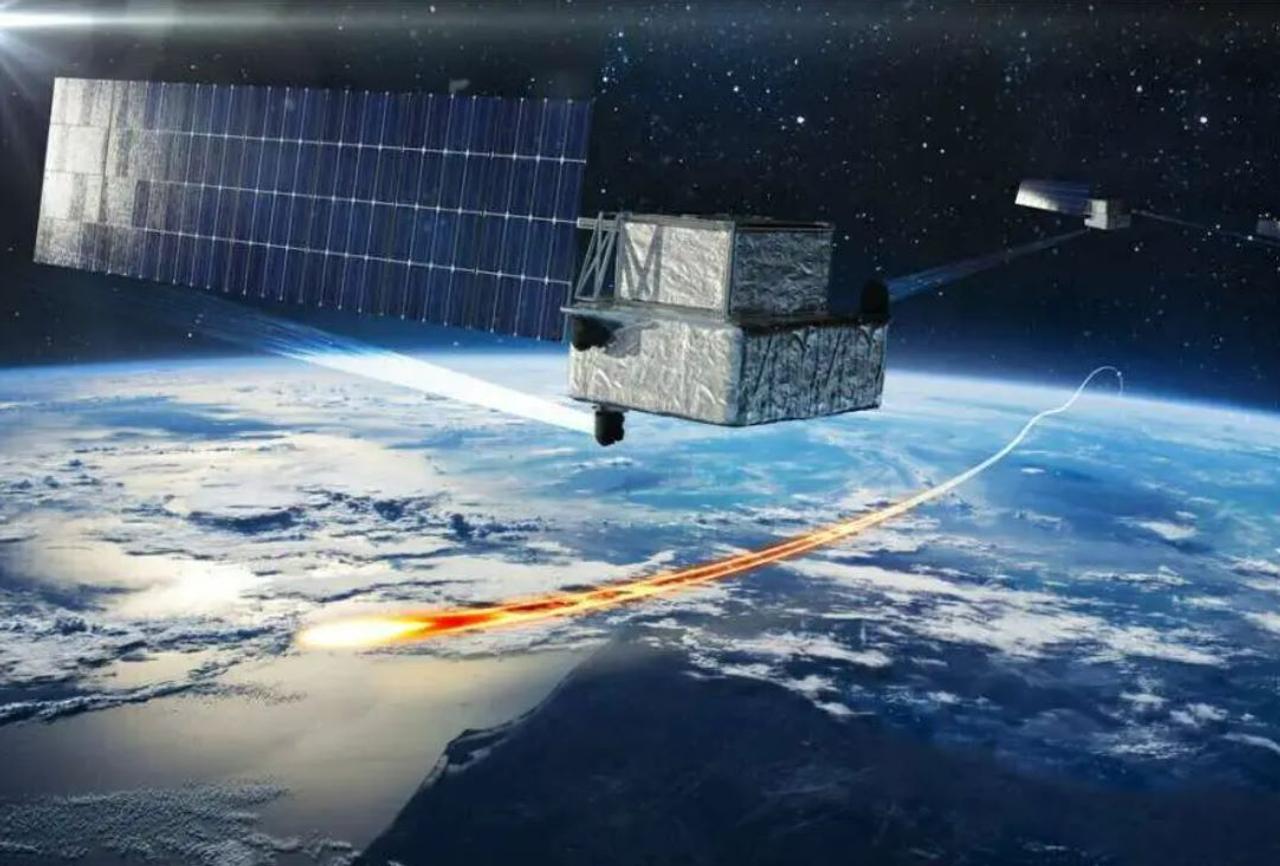
The United States has launched satellites that can track hypersonic missiles in real time
L3Harris has announced the completion of the CDR project and PRR production readiness verification for 16 real-time hypersonic missile tracking satellites for the U.S. Space Development Agency’s (SDA) tracking program.
The completion of the CDR indicates that the L3Harris project meets mission requirements, and the PRR means that the SDA has approved the start of full-scale production. These achievements represent significant progress in the development of SDA, a network of military satellites in low Earth orbit (LEO).
Hypersonic missiles, such as Russia’s X-47 Kinzhal, pose a threat because of their stealthy flight characteristics, diverse launch sites, and high maneuverability. Solving these problems and ensuring effective deterrence requires the development of a sustainable sensor platform, such as a satellite, capable of tracking hypersonic missiles in real time.
L3Harris’s contribution to the Tranche 1 Tracking Layer (T1TRK) program is related to the integration of infrared sensors and algorithms into the satellite. These technologies are crucial for detecting, tracking, and integrating threat data. The data is subsequently transmitted to military operators via a network that uses both optical and radio frequency communications.
In addition, ground control can order satellites to use different guidance modes, increasing their ability to track potential threats. The program includes not only satellite development, but also ground support, operation and long-term maintenance.
Bob DeCourt, director of program management at L3Harris, leads the team responsible for the design and development of 16 missile tracking satellites. These satellites, scheduled to be launched in 2025, are equipped with advanced technologies designed to combat hypersonic missiles known for their exceptional speed and maneuverability.

